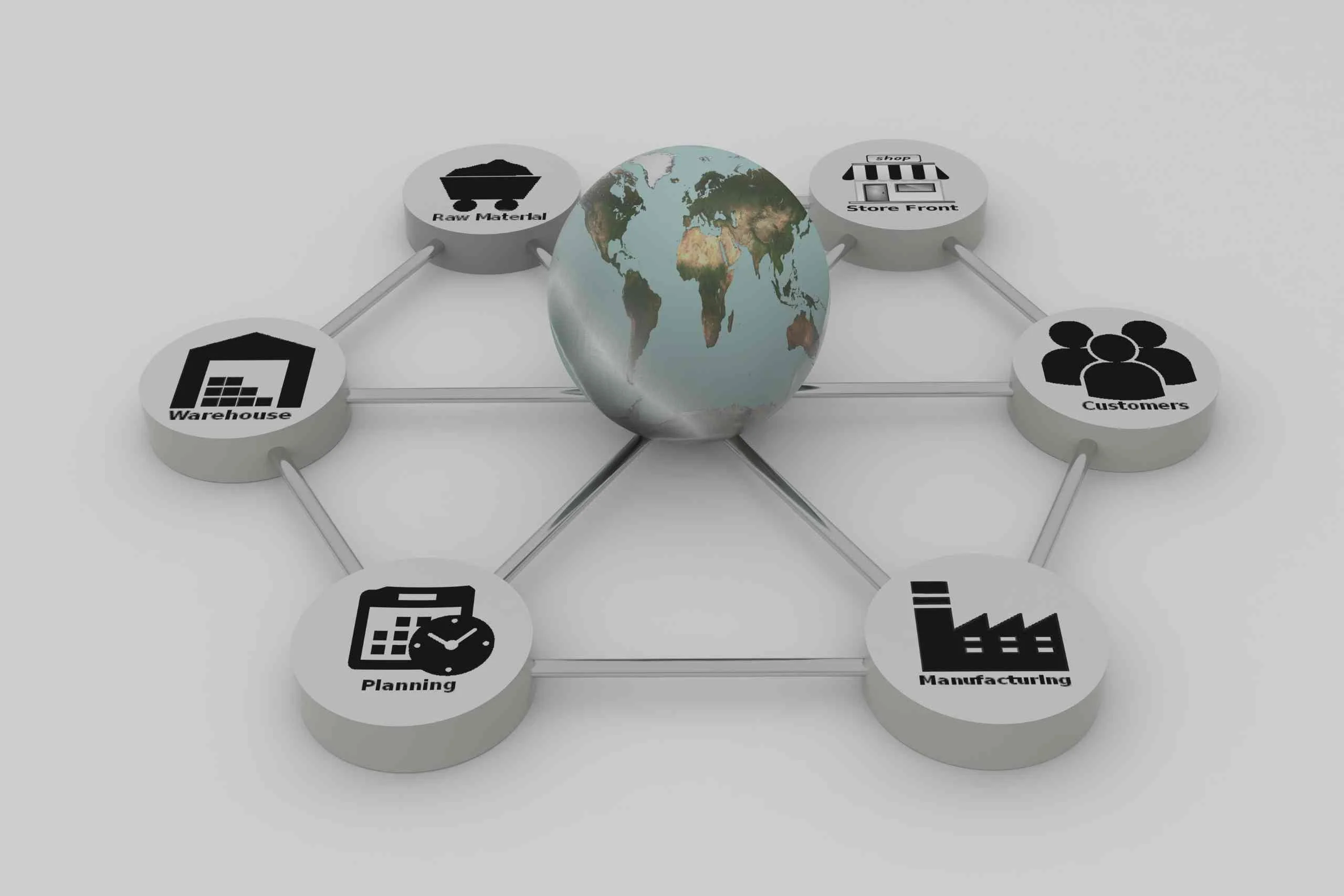How Climate Change is Impacting Global Supply Chains
Climate change disrupts global supply chains by causing extreme weather events and altering production schedules. These disruptions lead to increased costs and delays.
Climate change is reshaping the landscape of global supply chains. Extreme weather events such as hurricanes, floods, and wildfires cause significant disruptions. These natural disasters damage infrastructure, delay shipments, and increase operational costs. Unpredictable weather patterns also impact agricultural yields and resource availability.
Companies face challenges in maintaining consistent supply levels. As a result, businesses must adapt by diversifying suppliers and investing in resilient infrastructure. The urgency to address climate change is more pressing than ever. Sustainable practices and innovative solutions are essential to mitigate these impacts and ensure a stable supply chain.
Changing Weather Patterns
Climate change affects how crops grow. Hotter weather can dry out the soil. This makes it harder for plants to get water. Farmers see fewer crops and more pests. This means less food for people. Fruits and vegetables cost more. Farmers struggle to keep up. Climate change also brings storms and floods. This damages fields and crops.
Extreme weather causes delays in shipping goods. Storms can stop ships and trucks. This means items take longer to arrive. Companies lose money and customers get upset. Weather also damages roads and ports. This makes it hard to transport goods. Shipping costs go up.
Extreme Weather Events
Hurricanes and typhoons are growing stronger. They damage ports, roads, and warehouses. This halts the movement of goods. Businesses face delays and increased costs. Some areas may become too risky for operations. The impact can last for months or even years.
Flooding disrupts supply chains by blocking transport routes. Goods can’t reach their destinations. Warehouses get flooded, ruining products. Droughts reduce water supply, affecting production processes. Farmers struggle to grow crops, leading to food shortages. Industries that rely on water face challenges. Both flooding and droughts increase costs and delays.
Rising Sea Levels
Rising sea levels threaten coastal infrastructure, disrupting global supply chains. Flooding in ports and warehouses leads to delays and increased shipping costs.
Coastal Infrastructure Risks
Coastal areas are at risk due to rising sea levels. Many factories are near the coast. Flooding can damage these factories. Businesses may face higher costs to repair damages. Insurance premiums might increase. Relocating factories is expensive and time-consuming. Supply chains can be disrupted by these events.
Port Operations
Ports are crucial for global trade. Rising sea levels can flood ports. Flooded ports can cause delays in shipping. Ships may need to reroute, adding time and cost. Port infrastructure needs upgrades to handle rising water. These upgrades are costly and need time. Delays at ports can affect the whole supply chain.
Temperature Fluctuations
Temperature fluctuations disrupt global supply chains by causing delays and increasing costs. Changing climate patterns affect production and transportation reliability worldwide.
Energy Costs
Energy costs rise with extreme temperatures. High temperatures cause more air conditioning use. Low temperatures mean more heating use. Both increase energy bills. Factories and warehouses need more energy to keep goods safe. This raises the cost of production. Higher energy bills can lead to higher product prices.
Perishable Goods
Perishable goods spoil faster in extreme temperatures. Fruits and vegetables need cool storage. Meat and dairy products must stay cold. Sudden temperature changes can ruin these goods. This leads to more waste and losses. Companies may face higher costs to replace spoiled items.
Supply Chain Disruptions
Floods and storms delay shipments. Extreme weather damages roads and ports. Ships face rough seas and strong winds. Trains and trucks get stuck in snow or mudslides. Airports close due to hurricanes or wildfires. These events make deliveries unpredictable and expensive.
Droughts reduce water for farming. Heatwaves hurt crop yields. Forest fires destroy timber supplies. Factories face power outages from extreme heat. Water shortages slow down production. Fish stocks decline due to ocean warming. These issues lead to higher costs and limited availability of goods.
Economic Impacts
Climate change leads to higher transportation costs. Floods and storms damage roads and ports. Businesses must spend more on repairs and rerouting. This leads to increased expenses. Farmers face higher costs due to extreme weather. Crops fail more often. This results in higher food prices. Companies also deal with rising insurance premiums. Natural disasters make insurance more expensive.
Climate change causes unpredictable weather. This leads to uncertainty in supply chains. Companies struggle to maintain steady supplies. Prices of goods fluctuate more often. This creates market instability. Farmers and producers face inconsistent yields. This impacts the availability of products. Businesses find it hard to plan for the future. This volatility affects profits.
Adaptation Strategies
Building resilient infrastructure is key. Strong buildings can withstand storms. Roads must be built to last. Ports should be protected from rising seas. Companies are investing in climate-proofing their facilities. This keeps supply chains running smoothly.
Having multiple suppliers is crucial. It reduces risk if one fails. Different regions face different climate issues. Sourcing from various areas spreads the risk. Diversified sourcing ensures a steady flow of goods. This strategy helps avoid major disruptions.
Future Outlook
New technologies help supply chains adapt. AI predicts weather changes. Drones deliver goods fast. Blockchain tracks products. These tools reduce delays and losses. Robots work in warehouses. They handle goods safely. Technology improves efficiency. It also lowers costs.
Governments create new policies. These rules support green practices. Incentives are given for sustainable methods. Taxes are reduced for eco-friendly businesses. Regulations ensure safety and compliance. Training programs help workers. Policies promote innovation. They also protect the environment.
Climate change is reshaping global supply chains, causing disruptions and challenges. Businesses must adapt to these changes. Sustainable practices and resilient strategies are crucial. Proactive measures can mitigate risks and ensure continuity. Addressing climate impacts now will secure a stable future for supply chains.
The time for action is now.




